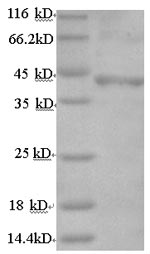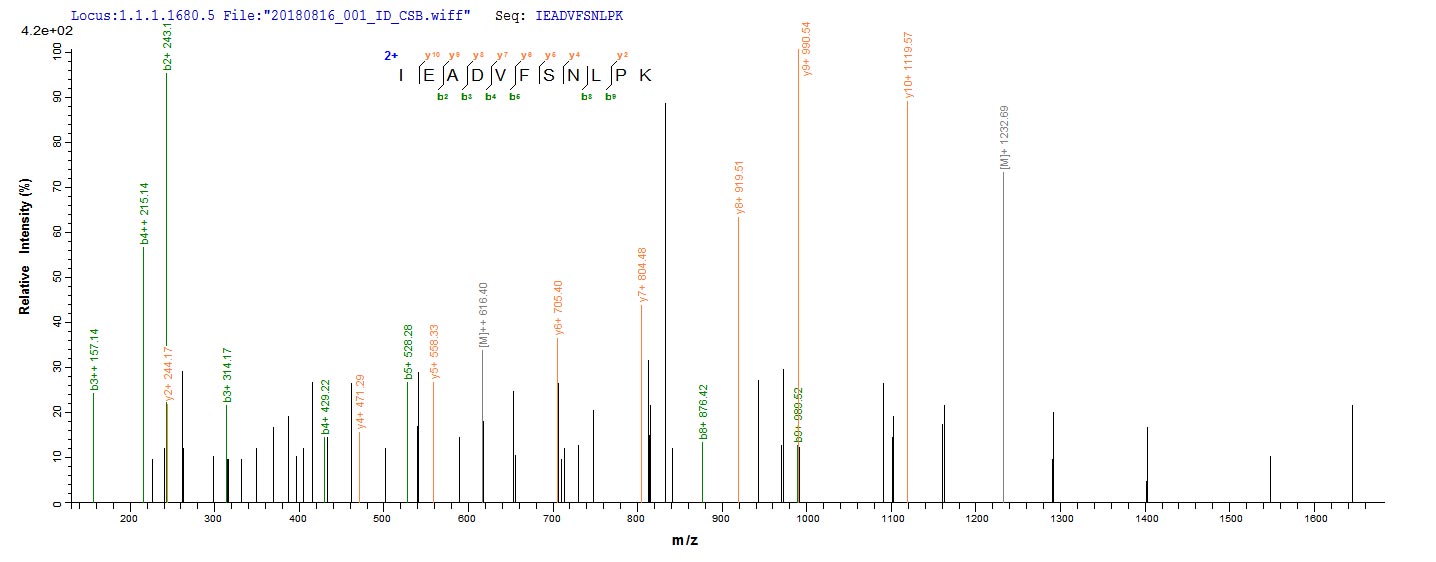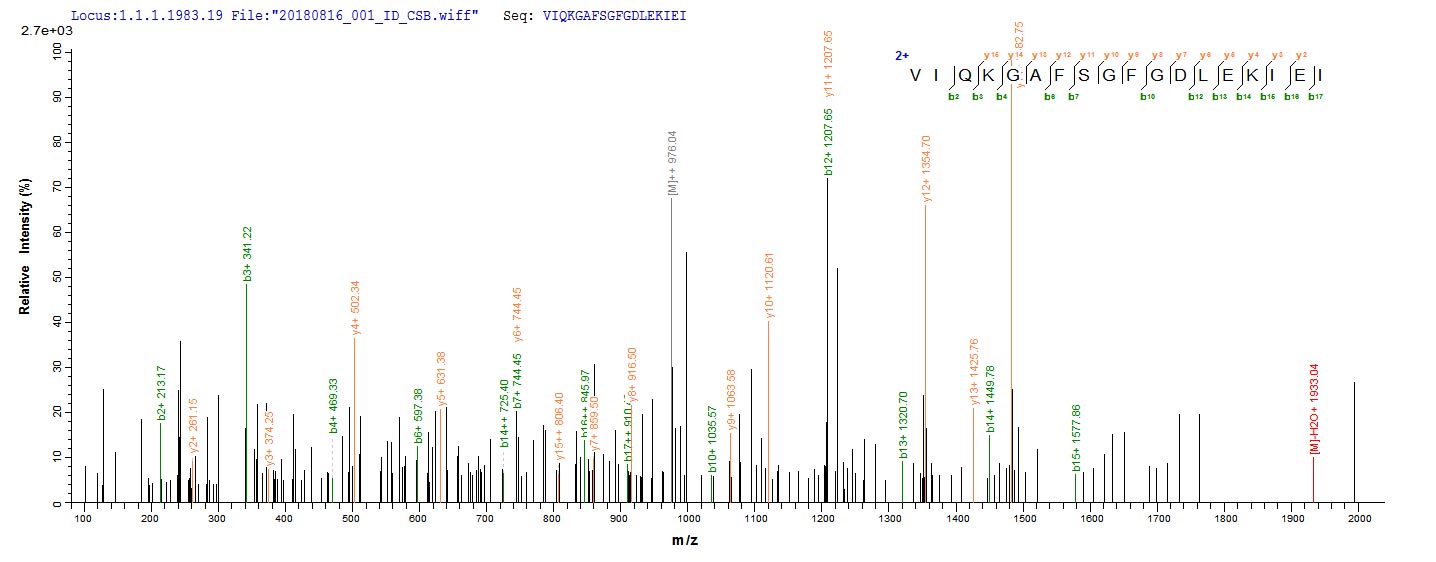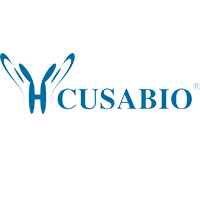Recombinant protein corresponding to aa18-366 from the human follicle-stimulating hormone receptor (FSHR) was expressed in E. coli. This recombinant FSHR protein was fused with a 6xHis-tag at the N-terminal. Its origin was validated by the LC-MS/MS Analysis. It has high purity (>90%) as measured by SDS-PAGE and a predicted molecular weight of 43.9 kDa. In addition to the production of specific antibodies, this FSHR protein may be used in neuroscience research.
FSHR is the receptor of FSH, which plays a key role in the control of female and male gonadal function. In females, FSHR is expressed in granulosa cells, where FSHR modulates Graafian follicles maturation, granulosa cell proliferation, and estrogen synthesis. In males, FSHR regulates the metabolic functions of testicular Sertoli cells, which is essential for proper spermatogenesis and germ cell survival. GSH-FSHR interaction triggers the activation of the Gsα/cAMP/PKA signaling pathway, which activates the cAMP response element-binding protein that modulates gene transcription.









